How to Discern Beautiful Christian Fiction Without Becoming Snobs
Don’t let anyone tell you otherwise: you can find real beauty in mass-market speculative fiction novels.
You can find beauty in the elegant simplicity of Patrick Ness’s prose in A Monster Calls: “Every inch of his bedroom floor was covered in short, spiky yew tree leaves.”
Beauty lingers in the poignant reflections of the autistic protagonist in Elizabeth Moon’s The Speed of Dark:
Who I am now thinks that if people were more like numbers, they would be easier to understand. But who I am now knows that they are not like numbers. People are people, messy and mutable, combining differently with one another from day to day—even hour to hour.
And it breaks forth from the rich descriptions of Gillian Bronte Adams’ novel Of Fire and Ash:
Bile rose in her throat, and she forced it down, blinking the sting of smoke from her eyes. It swirled in the wind that constantly gusted through this rugged country, whispering of death as it curled around shattered rocks and rattled dry scrub.
Beauty in fiction isn’t often discussed outside classrooms. And some readers may wonder if there’s a reason for that. We often pick up speculative novels to find entertainment. Discussions of beauty? Those are regulated to classroom debates or high-minded think-pieces.
Beauty, however, often finds a better home next to the worn and familiar kitchen table, rather than looming atop the teacher’s lectern.
Moving beauty out of intellectual circles
There’s a place for high-minded, intellectual discussions of beauty. In this article, I’m more interested in how casual recognitions of beauty deepen everyday living.
I recently traveled to Texas, where I gathered with several other Lorehaven staff writers. They all quickly shared with me this year’s “bluebonnet season,” pointing out the ponds of violet flowers nestled alongside highways. They didn’t show me this to start some intellectual conversation of the sight’s meaning, only to spotlight the presence of beauty and let our gaze linger before we moved on.
In fiction, many readers may first experience literary beauty in prolonged classroom discussions about what a writer meant by using a certain word.
But to recognize normal beauty, we only need to briefly see and delight in a stirring turn of phrase, a vivid metaphor, or an evocative description. This ought to feel more like admiring blue flowers than dissecting a sentence.
This recognition may not come naturally. As a reader, I’m inclined to get engrossed in a story’s characters and plot rather than prose and style. But when I slow down to ruminate a few seconds longer over choice words, I appreciate the story more. It’s the difference between rushing to find a recommended Texas donut shop as fast as I can, and pausing for ten seconds to admire bluebonnets along the way. Either way, I get the fantastic glazed donut—but one journey is far more rewarding.
Recognizing beauty when it exists
Many readers, however, might wonder how to discern when a fictional passage is beautiful. Not everyone is a trained literature major. To appreciate beauty, must you dig out your old English textbook to remind yourself the differences between metaphors and similes? Of course not. You needn’t know exact terms to appreciate beauty, any more than I need to know the technical Latin name of bluebonnets—or be a horticulture expert—to appreciate them by the side of the road.
It’s simple to recognize literary beauty: Intentionally look for sentences that catch your eye, and admire them when you find them.
All books aren’t created equal. Some authors intentionally craft beautiful words more than others. So don’t be surprised if you find more stunning passages in some authors’ works. But when you do find a master of wordcraft, such as Ray Bradbury, take the time to admire the vivid word portrait:
It was a pleasure to burn.
It was a special pleasure to see things eaten, to see things blackened and changed. With the brass nozzle in his fists, with this great python spitting its venomous kerosene upon the world, the blood pounded in his head, and his hands were the hands of some amazing conductor playing all the symphonies of blazing and burning to bring down the tatters and charcoal ruins of history.1
Celebrating beautiful stories
This is the last installment of my four-part series about how we celebrate Christian fiction with discernment. Over each of these articles, I’ve sought to unpack how we can avoid a “support zombie” mindset—that is, blindly celebrating any work with an attached Christian label—so we can celebrate excellence worthy of God’s praise.
So when we read Christian stories that acutely depict beauty (or truth or goodness), let’s take the time to recognize it. Mull on it. Celebrate it. Share it with others and talk about it together.[2. You may even Not just because we like the message. But because the story was told with artistic excellence.
Let’s discover how we can better celebrate the true, the good, and the beautiful.
- Fahrenheit 451, Ray Bradbury (page 1). ↩


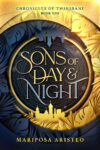



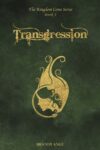

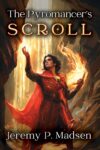

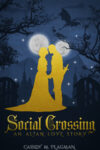

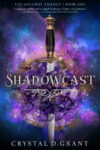
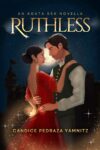
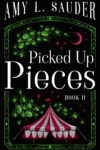



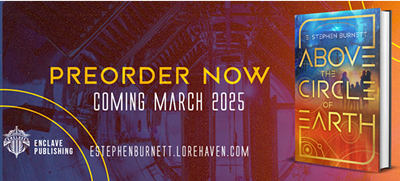
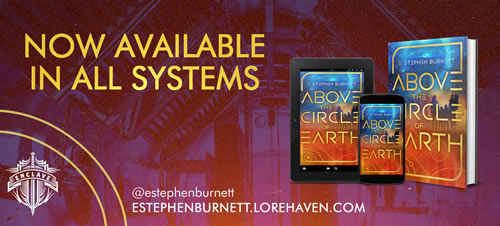
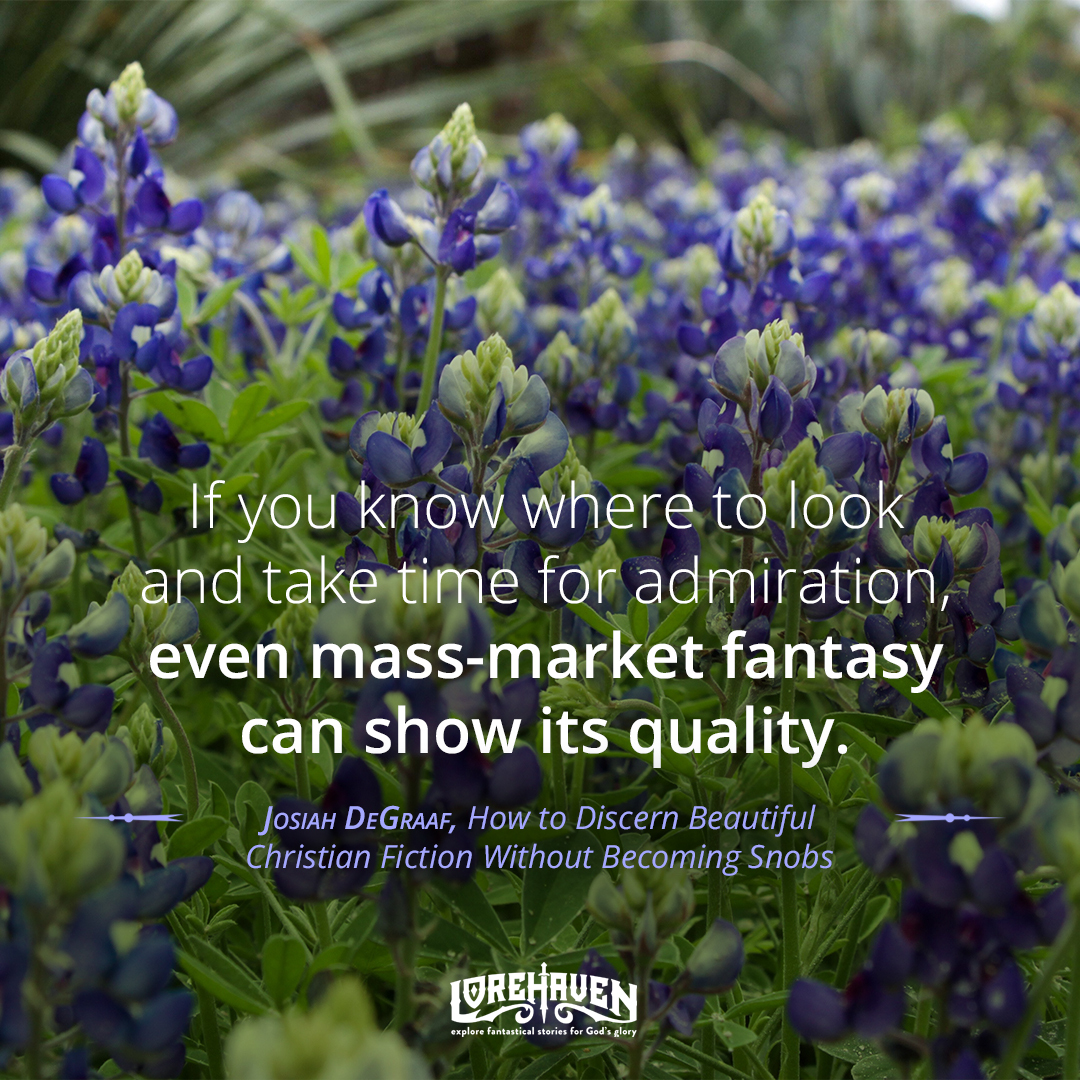

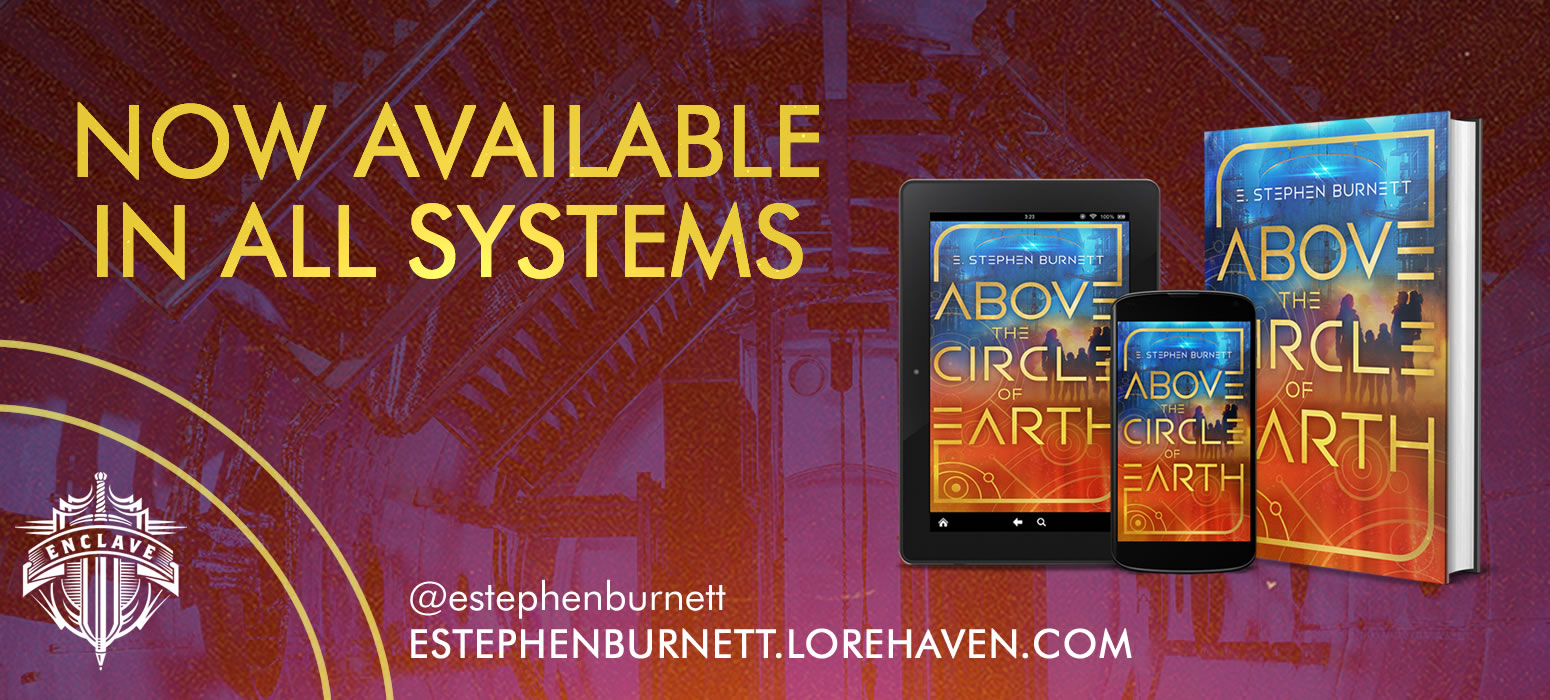
This is quite possibly my favorite article of the series. (Ya hooked me with Ray Bradbury. . . .) Beautiful writing is delicious; authors like Ursula K. Le Guin, C. S. Lewis, T. H. White, and Patricia A. McKillip really make my mouth water.
Yay to seeking the good and beautiful!
Amen times ten! Welcome to the Lorehaven part of that fantastical, biblical mission.